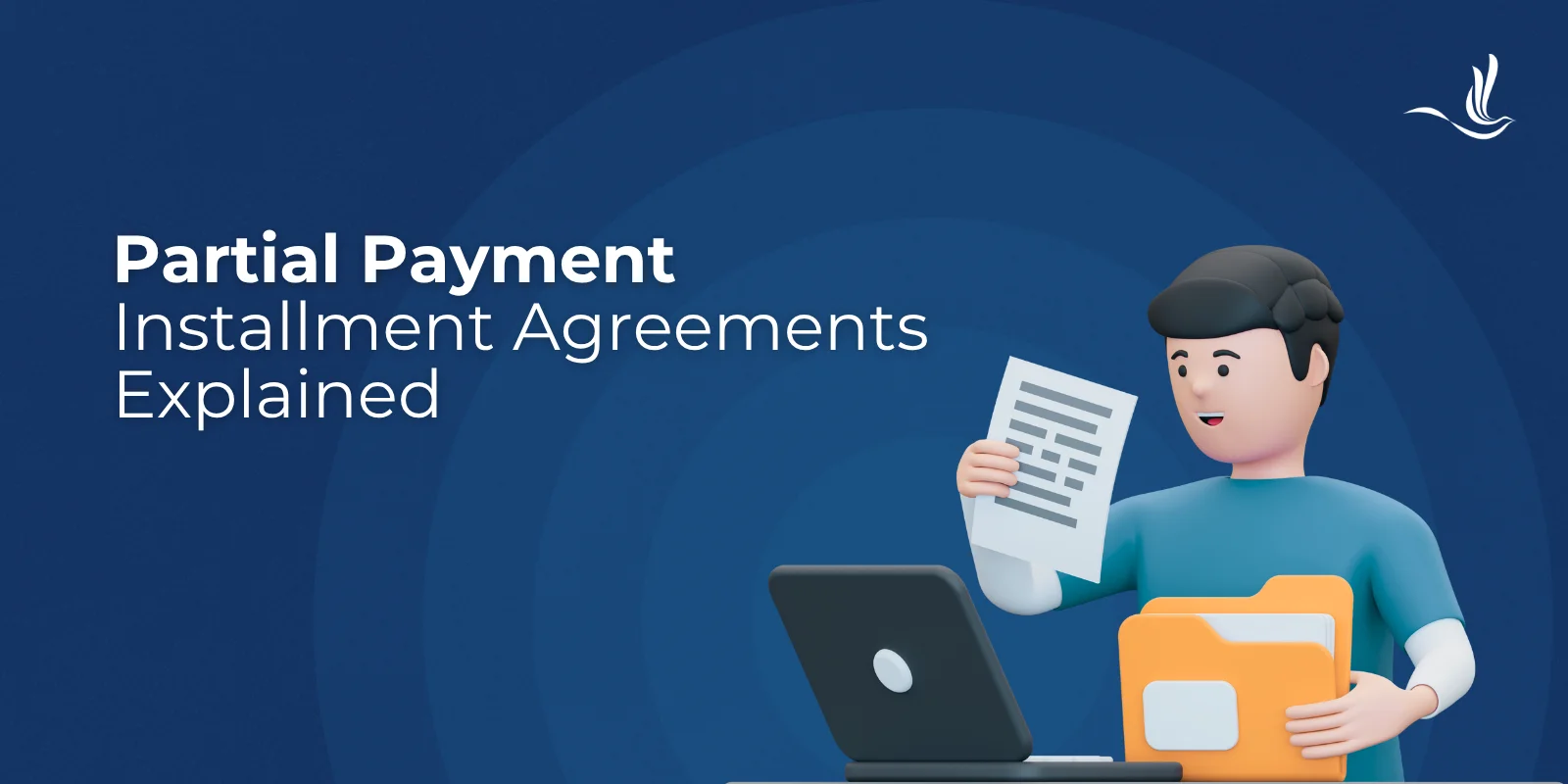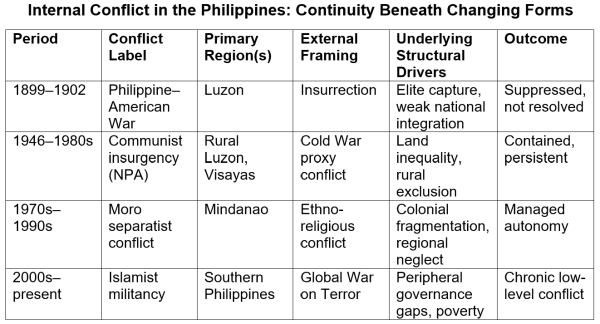Key Takeaways
A Partial Payment Installment Agreement (PPIA) lets taxpayers pay off IRS debt through affordable monthly payments based on income and assets, without requiring full repayment.
Eligibility depends on financial hardship and complete tax compliance; taxpayers must show they can’t pay their balance in full but can make consistent partial payments.
Benefits include stopping aggressive IRS actions, such as liens, levies, and wage garnishments, while offering manageable, income-based payment flexibility.
Drawbacks include ongoing interest and penalties, periodic IRS financial reviews, and potential payment increases if income or assets rise.
Maintaining compliance is crucial; taxpayers must make timely payments, report financial changes, and stay current with all tax filings to avoid default.
Alternatives include standard installment agreements, Offers in Compromise, and Currently Not Collectible status, depending on financial situation and repayment ability.
Dealing with tax debt can be overwhelming, particularly when financial circumstances make full repayment impossible. The IRS offers multiple programs to help taxpayers manage obligations while avoiding aggressive collection actions. One of the most flexible and practical options is the Partial Payment Installment Agreement (PPIA), which allows taxpayers to pay the amount owed over time, structured around their financial ability.
This guide provides an in-depth look at PPIAs, covering eligibility, benefits, the application process, maintenance, alternatives, and strategic tips for successfully managing these agreements.
What is a Partial Payment Installment Agreement?
A Partial Payment Installment Agreement is a formal IRS arrangement that allows taxpayers to make partial payments toward their tax debt over time. Unlike standard installment agreements, which require eventual full repayment, PPIAs are designed for taxpayers who cannot pay the full balance due to financial hardship. The IRS bases the plan on the taxpayer’s income, living expenses, and available assets, creating a payment schedule that is both manageable and fair.
Key Features of a PPIA
Customized Payment Schedule: Payments are based on disposable income and assets.
Extended Timeline: The plan may continue for many years depending on financial circumstances.
Periodic Reviews: Ensures fairness and compliance.
Let’s look at an example. A taxpayer with $60,000 in back taxes but only $3,000 in monthly income and $2,500 in essential expenses might be approved for a PPIA requiring $500 per month. This structure balances the taxpayer’s ability to pay with the IRS’s goal of collecting as much of the debt as possible over time.
How Partial Payment Installment Agreements Work
Understanding the mechanics of a PPIA is essential for successful application and management.
Financial Disclosure Requirements
The IRS requires detailed financial disclosure to determine eligibility and calculate affordable monthly payments. Taxpayers must submit comprehensive documentation of income, assets, and living expenses through Form 433-A or Form 433-B for individuals or businesses. Accurate disclosure is crucial. Incomplete or inaccurate information can delay approval or result in denial.
Benefits of a Partial Payment Installment Agreement
PPIAs provide a flexible and structured solution for taxpayers struggling to meet their tax obligations.
Avoiding Immediate Collection Actions
An approved PPIA typically suspends aggressive IRS measures, including wage garnishments, bank levies, and property liens. This relief allows taxpayers to focus on managing finances without facing severe enforcement measures, which is especially important for individuals facing unexpected expenses or variable income.
Flexible Payment Options
PPIAs allow payments that reflect actual financial capacity. Monthly amounts are tailored to income, essential expenses, and asset equity, reducing financial stress and the likelihood of default. Taxpayers with seasonal or fluctuating income, such as freelancers or small business owners, particularly benefit from this flexibility.
Structured Long-Term Debt Management
Even if full repayment is not possible, a PPIA provides a structured approach to managing obligations. Maintaining compliance helps prevent additional penalties and may improve eligibility for other IRS programs in the future, such as an Offer in Compromise, if circumstances allow.
Let’s look at an example scenario. A self-employed contractor owing $35,000 with inconsistent monthly income can use a PPIA to make income-based payments, avoiding aggressive collection while gradually reducing the debt.
Limitations and Disadvantages
While PPIAs provide relief, they have limitations that taxpayers should carefully consider.
Accrued Penalties and Interest
Interest and penalties continue to accrue on unpaid balances. This means that, even while making monthly payments, the total debt may increase over time. A PPIA is a management tool, not a form of debt forgiveness, and taxpayers should understand that their overall liability may grow if payments are not sufficient to cover interest and penalties.
IRS Reviews and Adjustments
The IRS typically reviews PPIAs every two years. During these reviews, the IRS assesses the taxpayer’s financial situation and may adjust monthly payments upward if income or assets increase. While this ensures fairness and maximizes debt recovery, it can be challenging for taxpayers who have tightly budgeted their payments.
Risk of Default
Failing to make payments or report changes in income, assets, or expenses can result in termination of the agreement. In such cases, the IRS can demand immediate full repayment and resume collection actions, including wage garnishments, bank levies, or property liens. Defaulting also limits eligibility for future IRS programs.
Eligibility Criteria for a Partial Payment Installment Agreement
Not all taxpayers qualify for a PPIA. Eligibility depends on financial ability, compliance history, and the type of tax debt.
General Requirements
The IRS evaluates whether the taxpayer is unable to pay the full balance immediately and whether all required tax returns have been filed. Certain tax debts, such as specific payroll or corporate liabilities, may require alternative arrangements.
Assets and Income Considerations
Income, assets, and monthly living expenses are considered in detail. Taxpayers must provide accounts of assets including real estate, vehicles, savings, and investments, as well as monthly living expenses such as mortgage payments, utilities, and medical costs. This information helps the IRS calculate a realistic monthly payment that balances affordability with maximum debt recovery.
Applying for a Partial Payment Installment Agreement
The application process requires careful preparation.
Step 1: Gather Financial Documentation
Comprehensive documentation allows the IRS to assess financial capacity accurately. Key documents include:
Pay stubs, 1099s, or business income statements
Bank and investment statements
Mortgage, rent, and utility bills
Vehicle and property documentation
Monthly living expenses
Step 2: Complete Required IRS Forms
Form 433-F provides a summary of financial information, while Form 433-A or 433-B provides detailed accounts of assets, liabilities, and income. Form 9465 is submitted to formally request the installment agreement. Accuracy is essential; errors or omissions can delay approval.
Step 3: Submit the Application
Applications can be submitted online, by mail, or in person at a local IRS office. Online submissions are generally faster, but complex situations may benefit from professional guidance or in-person review.
Step 4: IRS Review and Approval
The IRS reviews submissions and may request additional documentation, and sets an affordable monthly payment. Approval usually takes several weeks, and periodic reviews occur at least every two years.
Tips for a Smooth Application
File all tax returns before applying
Provide complete, accurate documentation
Respond promptly to IRS inquiries
Consider professional guidance for complex cases
Calculating Monthly PPIA Payments
Monthly payments are determined by:
Disposable Income: Money that remains after essential living expenses are subtracted from total income
Asset Equity: Equity in properties, vehicles, savings, and investments. Some assets may need to be liquidated.
Total Tax Debt: Including penalties and interest, which continue to accrue.
IRS Calculation Method
The IRS combines disposable income and asset equity with the total tax debt, including penalties and interest, to determine a monthly payment that is manageable yet maximizes recovery.
For instance, a taxpayer owing $45,000 with $8,000 in liquid assets and $1,000 in disposable monthly income may pay the assets upfront and $1,000 monthly until the debt is resolved. Payments can be recalculated if income increases or expenses change.
Periodic Reviews
During the IRS reviews, updated documentation of income, expenses, and assets is required during these reviews, making recordkeeping essential.
Maintaining a Partial Payment Installment Agreement
Maintaining a PPIA requires ongoing diligence and proactive management.
Timely and Consistent Payments
Monthly payments must be made on time. Even a single missed payment can trigger default, ending the agreement and resuming IRS collection actions. Automating payments or setting reminders is strongly recommended.
Reporting Changes in Financial Circumstances
Taxpayers must promptly report changes in income, assets, or living expenses. Raises, inheritances, or property sales may increase monthly payments, while job loss or medical emergencies may decrease them. Timely reporting ensures fair terms and avoids complications.
Periodic Reviews and Documentation
During reviews, taxpayers must provide updated documentation, including pay stubs, bank statements, and records of living expenses. Organized records demonstrate compliance and simplify the review process.
Avoiding Default
Defaulting can result in immediate collection, wage garnishments, or loss of eligibility for future programs. Open communication with the IRS and timely reporting of financial changes help prevent default.
Strategic Tips
Stay current on tax filings
Budget carefully to cover payments
Communicate proactively with the IRS
Document all correspondence and payments
Seek professional guidance if needed
Alternatives to a Partial Payment Installment Agreement
While PPIAs are effective, other IRS programs may be more appropriate depending on financial circumstances.
Standard Installment Agreements
Standard installment agreements allow taxpayers to repay the full tax debt over time, including penalties and interest. They are generally easier to qualify for and involve fewer documentation requirements, making them suitable for taxpayers with predictable income.
Offer in Compromise
Offer in Compromise allows taxpayers to settle debt for less than the full amount owed. The IRS evaluates income, assets, expenses, and ability to pay. Offers are best for those with severe hardship. Approval requires detailed disclosure and strict adherence to IRS rules, but successful completion provides permanent relief.
Currently Not Collectible Status
Currently Not Collectible status temporarily suspends IRS collection actions for taxpayers in extreme financial hardship. While penalties and interest continue, collection is paused, allowing taxpayers to focus on stabilizing finances. CNC is ideal for short-term crises or ongoing financial difficulties that make monthly payments unaffordable.
Frequently Asked Questions About Partial Payment Installment Agreements
How does a Partial Payment Installment Agreement work? A Partial Payment Installment Agreement (PPIA) allows taxpayers to make monthly payments toward their IRS tax debt based on their ability to pay. The IRS reviews income, expenses, and assets to determine an affordable payment amount and periodically reassesses finances to ensure continued eligibility.
What is the difference between an Offer in Compromise and a Partial Payment Installment Agreement? An Offer in Compromise (OIC) settles your tax debt for less than the full amount owed, while a PPIA lets you pay a reduced balance over time. OICs offer final settlement if approved, but PPIAs focus on long-term payment flexibility without immediate full repayment.
What are some risks of partial payments? Partial payments under a PPIA do not stop interest or penalties from accruing, which means your total balance can increase over time. The IRS also conducts periodic financial reviews, and if your income or assets rise, your monthly payment may be adjusted.
What should I do if I cannot meet the terms of my PPIA? If you can’t make your PPIA payments, contact the IRS immediately to explain your situation. The IRS may temporarily adjust your payments, restructure your agreement, or review your financials to prevent default and avoid enforcement actions.
What are the compliance requirements for maintaining a PPIA? To stay compliant, taxpayers must make all payments on time, file all future tax returns, and promptly report any changes in income, expenses, or assets. Maintaining accurate records and communicating proactively with the IRS helps prevent default and keeps the agreement active.
Tax Help For People Who Owe
A Partial Payment Installment Agreement offers taxpayers facing financial hardship a structured, flexible approach to managing IRS debt. By tailoring payments to disposable income and asset equity, PPIAs help avoid aggressive collection actions while maintaining compliance. Although interest and penalties continue to accrue, a PPIA provides a realistic path for long-term debt. Optima Tax Relief is the nation’s leading tax resolution firm with over $3 billion in resolved tax liabilities.
If You Need Tax Help, Contact Us Today for a Free Consultation


























